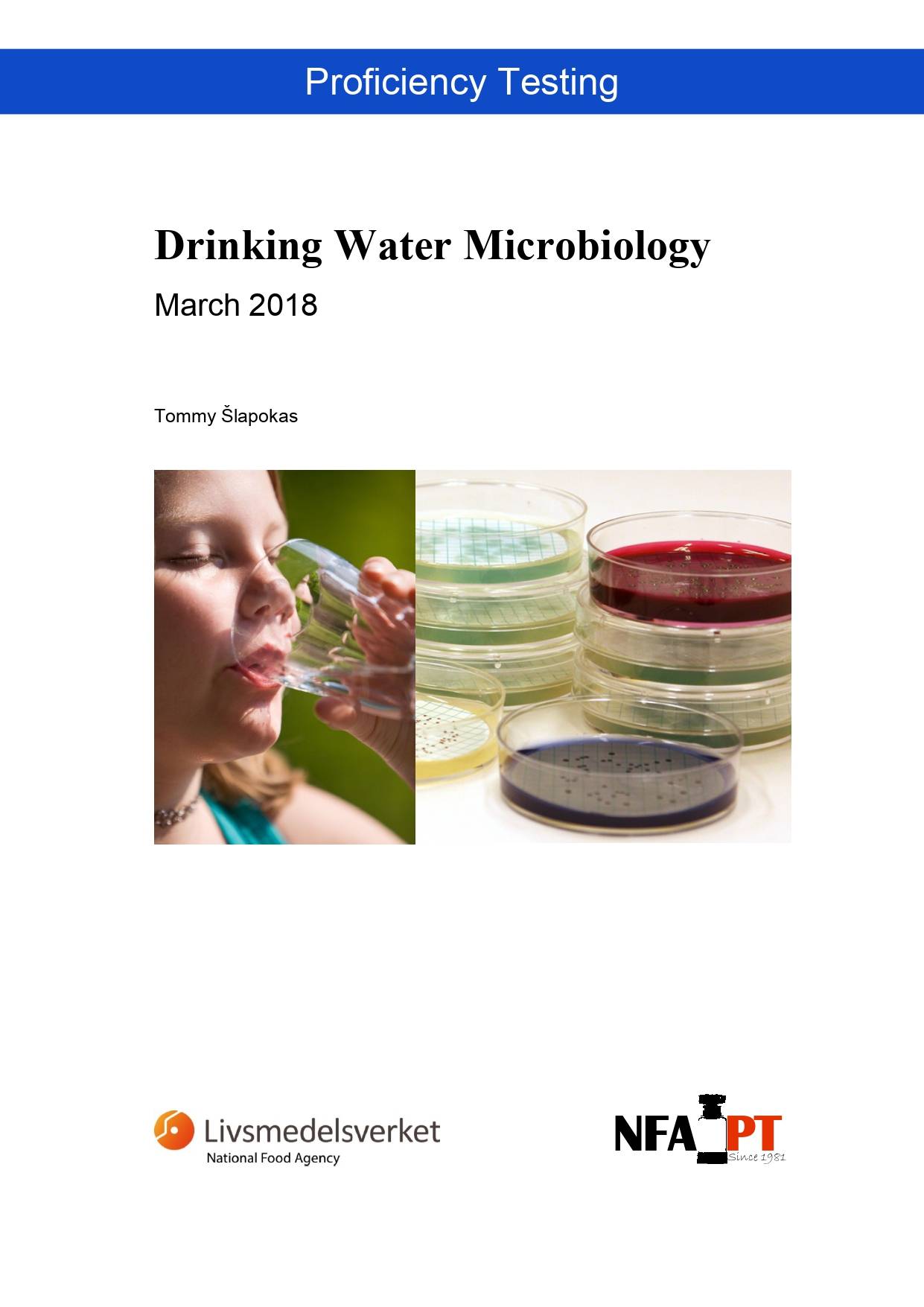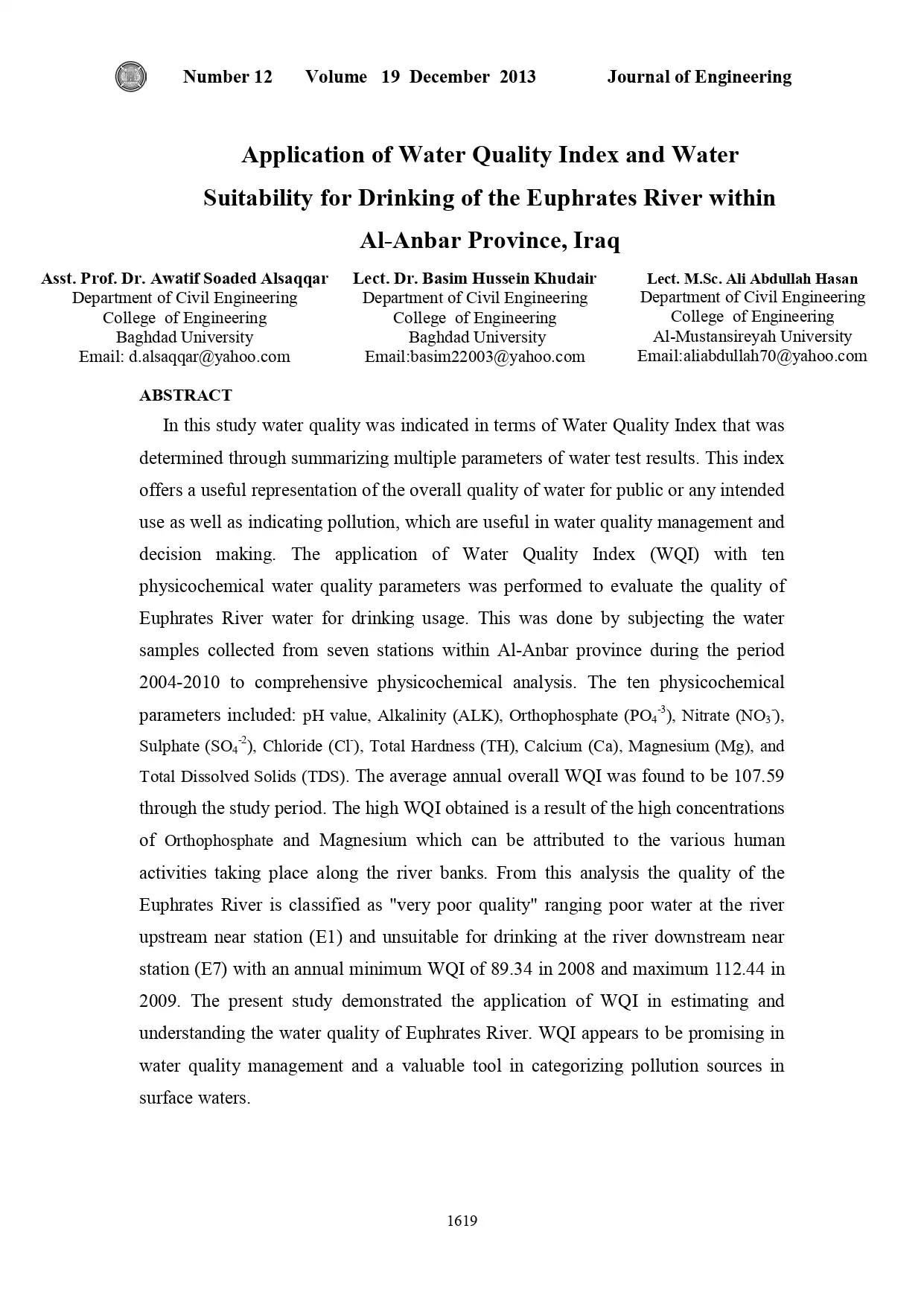Drinking Water Microbiology
Credit To: https://www2.slv.se/absint/
General information on results evaluation
The proficiency testing program organized by the National Food Agency is accredited against EN ISO/IEC 17043. This standard prescribes that results should be grouped based on the methods used. Therefore it is mandatory for participants to inform about the method data. Method data where differences are present or could be expected are here reported for each parameter. The method of information gathered is sometimes difficult to interpret. Sometimes there is an inconsistency between the standard referred to and the information regarding various method details. Results from laboratories with ambiguous details are either excluded or placed in the group “Other/Unknown” in the tables, together with results from methods used only by individual laboratories. Thus, to get an as appropriate evaluation as possible of the results, it is important that correct standards and method details are reported. Outliers and false results are not included in the calculation of mean value and measure of dispersion for the various method groups. The numbers of low and high outliers, as well as false results, are instead explicitly given in tables together with the group means, etc. The mean and measure of dispersion is not shown for groups with 4 or fewer results, more than exceptionally when it is specifically mentioned. However, all results are shown in the method histogram when possible. The histograms and calculation of outliers are described on page 30 under “Processing of numerical results” with further reference to the scheme protocol [1].
Only logged in customers who have purchased this product may leave a review.
Related products
Module 11: Administration of Water Treatment Plants
Module 11: Administration of Water Treatment Plants
Biofilm Control Study
Biofilm Control Study
Arsenic Removal From Drinking Water By Advanced Filtration Processes
Arsenic Removal From Drinking Water By Advanced Filtration Processes
Inorganic Contaminant Removal
- Inorganic contaminant treatment selection considerations
- Advanced inorganic contaminant removal chemistry terminology
- Advanced inorganic contaminant removal chemistry explanations
- Conventional filtration and how it relates to inorganic removal
- Detailed information on treatments for iron and manganese removal
- Detailed information on treatments for hardness removal
- Detailed information on inorganic contaminant monitoring protocols
- Detailed tables on the following topics:
- Sources of 26 inorganic contaminants
- Common secondary standards with effects, inorganic contributors and indications
- Various treatment technology options to consider for 24 inorganic contaminants
- Potential forms of iron and manganese
- Iron and manganese sampling procedures
- Iron and manganese oxidant selection criteria
- Iron and manganese theoretical (initial) dosing criteria
- Potential treatments for less common inorganics
- Potential treatments for miscellaneous trace metals
Inorganic Contaminant Removal
- Inorganic contaminant treatment selection considerations
- Advanced inorganic contaminant removal chemistry terminology
- Advanced inorganic contaminant removal chemistry explanations
- Conventional filtration and how it relates to inorganic removal
- Detailed information on treatments for iron and manganese removal
- Detailed information on treatments for hardness removal
- Detailed information on inorganic contaminant monitoring protocols
- Detailed tables on the following topics:
- Sources of 26 inorganic contaminants
- Common secondary standards with effects, inorganic contributors and indications
- Various treatment technology options to consider for 24 inorganic contaminants
- Potential forms of iron and manganese
- Iron and manganese sampling procedures
- Iron and manganese oxidant selection criteria
- Iron and manganese theoretical (initial) dosing criteria
- Potential treatments for less common inorganics
- Potential treatments for miscellaneous trace metals















Reviews
There are no reviews yet.